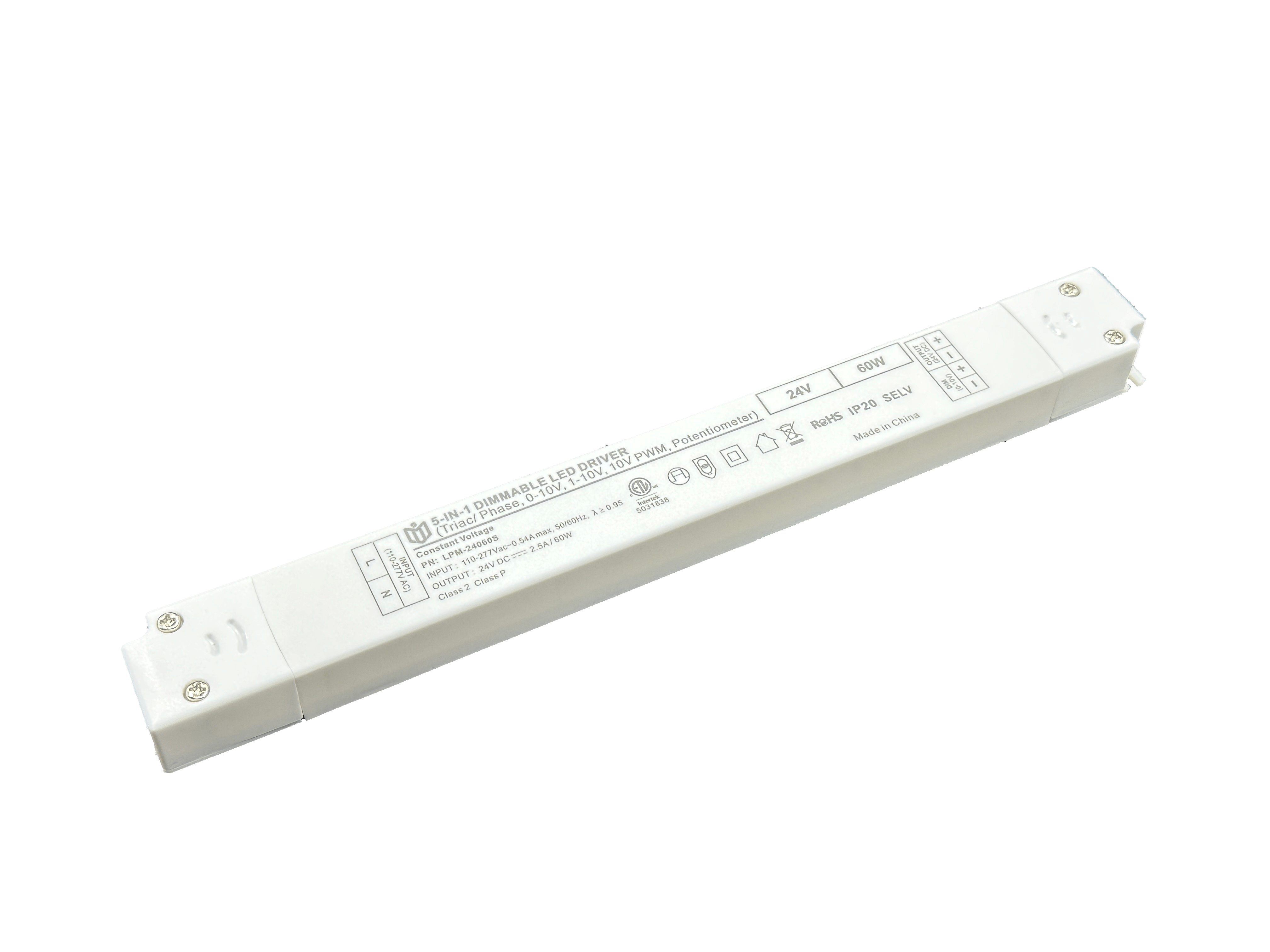A New Tool for Lighting Designers: TRIAC Dimming Power Supplies Unleash Infinite Creativity
The evolution of lighting technology has reached a transformative milestone with the advent of TRIAC dimming power supplies—a game-changing tool now reshaping how designers approach illumination projects. Unlike traditional systems constrained by rigid output levels, these intelligent units offer seamless variable intensity adjustment through standardized trailing-edge phase control protocols. This breakthrough enables precise manipulation of light curves from 0–100%, unlocking dynamic effects previously unattainable without complex custom programming.
For lighting designers wrestling with creative limitations imposed by fixed-voltage drivers or PWM alternatives, TRIAC-compatible fixtures present an elegant solution. The inherent compatibility with mainstream dimmers means existing installations can upgrade functionality without costly retrofitting. Architectural highlighting suddenly gains narrative depth as scenes transition fluidly between dramatic peaks and subtle accents—all controlled via intuitive sliders or smart home integration platforms. A boutique hotel lobby, for instance, could shift from vibrant social hours ambiance to intimate dinner service moods using the same hardware setup.
Beyond mere dimming capabilities lies the true revolutionary potential: spectral tuning across color temperatures. Modern LED arrays paired with responsive TRIAC drivers allow real-time adjustment between warm golden glows (2700K) and crisp daylight whites (6500K). Picture museum curators layering historical accuracy onto artwork by dialing exact CCT values, or retail spaces synchronizing product displays with seasonal branding palettes. Theater productions benefit most dramatically—imagine blood-red spotlights deepening during climactic scenes then softening instantly into moonlit blues for tragic resolutions—all achieved through millisecond-precise adjustments.
Sustainability emerges as another compelling advantage. By optimizing energy consumption according to actual luminosity needs rather than binary on/off cycles, projects typically see 15–30% reduction in electricity usage. Smart sensors further amplify savings by auto-dimming when natural light suffices. An office complex implementing occupancy-triggered TRIAC systems might cut annual utility bills by thousands while maintaining WELL Building Standard compliance through human-centric circadian rhythm alignment.
Case studies illustrate profound impact across sectors. At Milan Design Week 2024, award-winning installation "Luminous Waves" used cascaded TRIAC networks to simulate oceanic movements through kinetic light sculptures. Healthcare facilities report improved patient recovery rates after installing biophilic lighting systems that mimic dawn/dusk cycles via slow-fading TRIAC profiles. Even residential builders now incorporate mood-preset tracks allowing homeowners to program "sunrise simulations" aligning with their natural sleep patterns.

Looking forward, emerging trends point toward AI-assisted design tools predicting optimal dimming curves based on space acoustics and material reflectivity data. Manufacturers like Philips Hue already integrate machine learning algorithms suggesting scene presets learned from user behavior patterns. As wireless protocols evolve (Zigbee 3.0, Matter), whole-building ecosystems will soon enable unified control over thousands of independently addressable points—each managed through centralized TRIAC hubs.
The artistic possibilities become boundless when combining multiple parameters simultaneously. Consider programming temporal fade rates matching musical tempo changes for concert venues, or synchronizing pulse width modulation with foot traffic density maps in commercial corridors. With open API architectures supporting third-party development, niche applications like horticultural growth chambers or quantum computing lab environments are beginning to leverage this flexibility.
Ultimately, TRIAC dimming power supplies represent more than technical advancement—they embody design philosophy elevation. No longer restricted by hardware compromises, creators now possess the digital canvas to paint with photons themselves. Whether crafting immersive theme park rides or humanitarian solar-powered streetlamps in off-grid villages, this technology democratizes access to professional-grade lighting artistry while pushing sustainable innovation frontiers. The future isn't just brighter; it's brilliantly adaptive.
 In heritage architecture prote
In heritage architecture prote
 When small-batch customization
When small-batch customization
 Have the electromagnetic emiss
Have the electromagnetic emiss
 When Triac dimmable power supp
When Triac dimmable power supp
